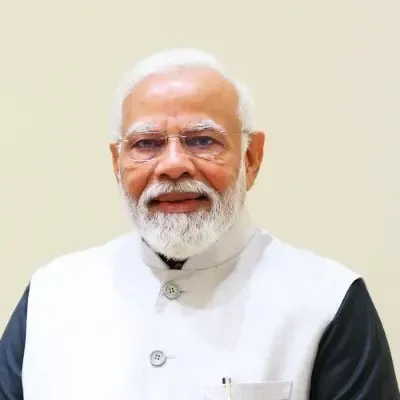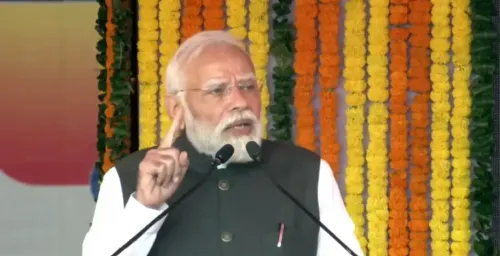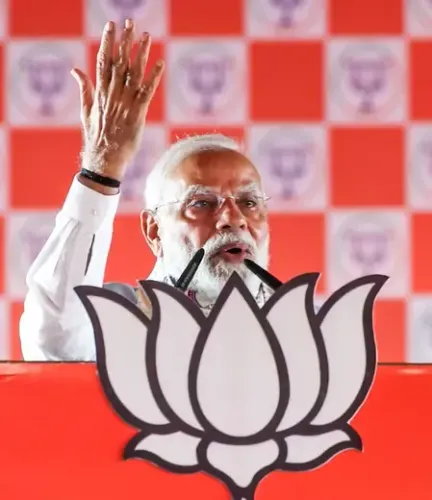How Many Digital Transactions Did India Record in the Last Six Years?

Synopsis
Key Takeaways
- Over 65,000 crore digital transactions in six years.
- Value exceeds Rs 12,000 lakh crore.
- Government initiatives to boost digital payments.
- Impact on small businesses and MSMEs.
- RBI-DPI index reflects growth in digital adoption.
New Delhi, July 28 (NationPress) In the past six financial years (FY20 to FY25), there have been over 65,000 crore digital transactions, totaling more than Rs 12,000 lakh crore, according to a statement made in Parliament on Monday.
The government is actively collaborating with various stakeholders, including the Reserve Bank of India (RBI), National Payments Corporation of India (NPCI), fintech companies, banking institutions, and state governments to enhance the adoption of digital payment systems across the nation, particularly in tier-2 and tier-3 cities, as stated by Pankaj Chaudhary, Minister of State for Finance, in a written response to a Lok Sabha inquiry.
The RBI established the Payments Infrastructure Development Fund (PIDF) in 2021 to promote the installation of digital payment acceptance infrastructure in tier-3 to tier-6 cities, as well as in northeastern states and Jammu & Kashmir, the minister informed.
As of May 31, 2025, approximately 4.77 crores digital touchpoints have been set up through the PIDF.
The RBI has also introduced the Digital Payments Index (RBI-DPI) to gauge the degree of payment digitization throughout the country.
This progress allows more individuals to access formal credit channels, empowering economic participation and integrating more entities into the formal financial ecosystem.
Digital platforms like UPI have enabled citizens, including small vendors and those in rural areas, to accept digital payments, thereby reducing cash reliance and enhancing formal economic involvement, the minister emphasized.
According to the latest statistics, the RBI-DPI index was recorded at 465.33 for September 2024, indicating ongoing growth in digital payment adoption, infrastructure, and performance nationwide.
To assist small businesses and MSMEs in adopting digital payment systems, various initiatives have been undertaken by the government, RBI, and NPCI, as mentioned by the minister.
These initiatives include, among other measures, the adjustment of the Merchant Discount Rate (MDR) for debit card transactions, Trade Receivables Discounting System (TReDS) guidelines that enable MSMEs to receive competitive discounts on their invoices via the TReDS platform, and an incentive program for small merchants to promote low-value BHIM-UPI transactions.
The rising adoption of digital payments has transformed access to financial services, especially for underserved and unserved populations.
By facilitating seamless, traceable transactions through platforms like UPI, digital payments have created a strong financial footprint for both individuals and businesses, the minister concluded.









